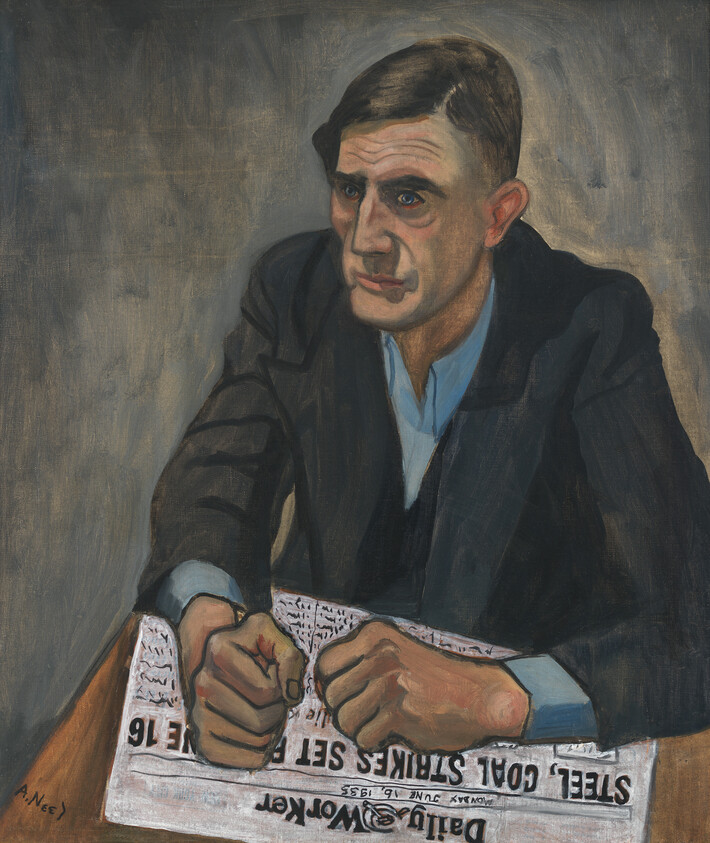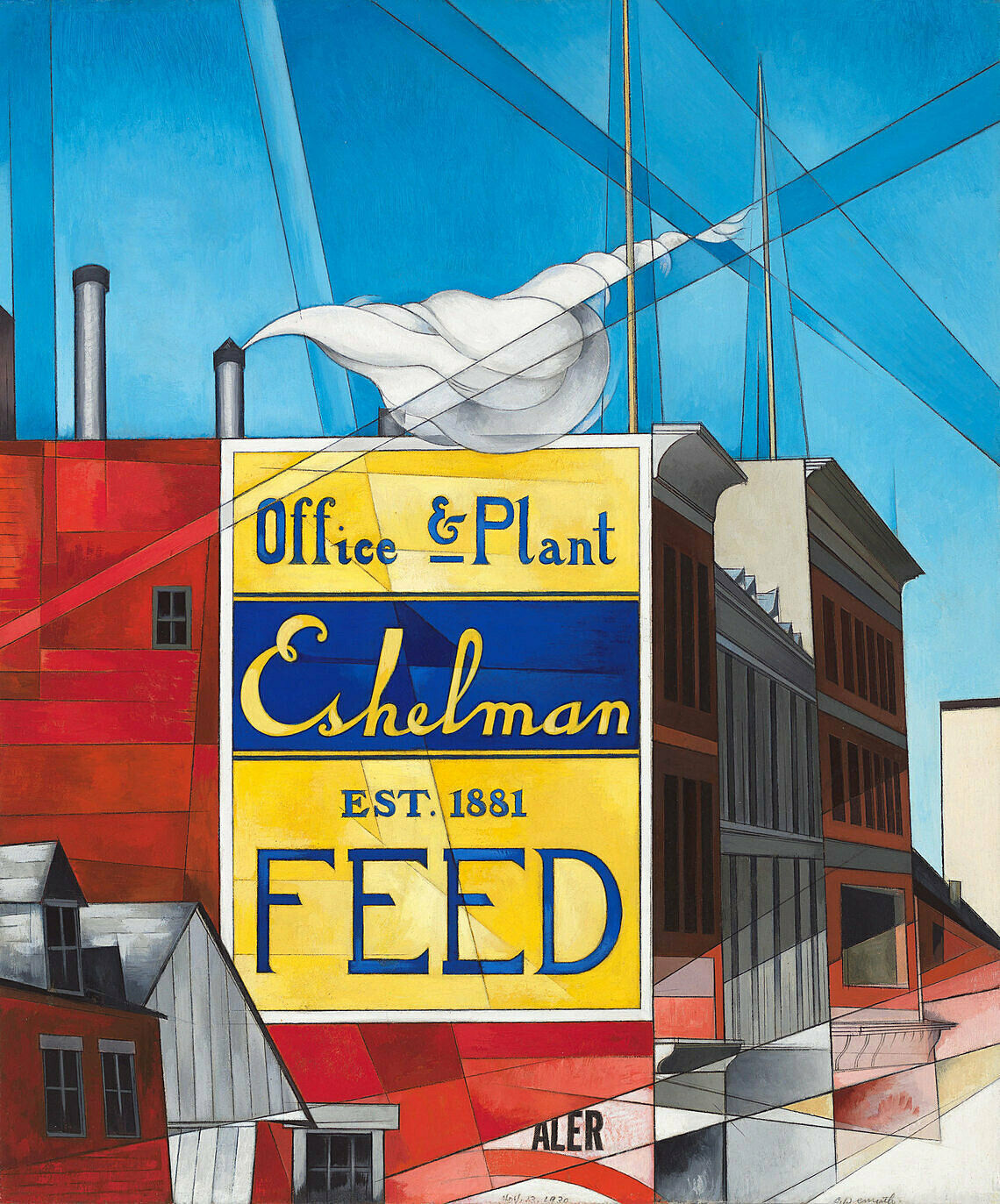Alice Neel, Pat Whalen, 1935
Mar 6, 2018
0:00
Alice Neel, Pat Whalen, 1935
0:00
Julian Myers-Szupinska: Pat Whalen, or Patrick Whalen, or Paddy Whalen. Pat Whalen was a dock worker that Alice Neel, who was an artist, knew through bohemian circles in New York City.
Narrator: Julian Myers-Szupinska is an art historian based in Los Angeles.
Julian Myers-Szupinska: He was politically active on the docks and was an organizer on the docks. He was a committed Communist. She probably encountered him in Communist meetings with the International Workers of the World.
Alice Neel is probably one of the best known and best loved portraitists of the 20th century. She's a figurative painter, almost exclusively.
Narrator: Neel painted from life. In this case, Whalen came to her Manhattan apartment to sit for her.
Julian Myers-Szupinska: When I look at this picture, I look first at the hands and the face. She's devoted quite a lot of extremely vivid, realist attention to those things. We are offered a picture of his body so convincing, I think, that we don't actually pay much attention to the things that the picture leaves out. We don't actually know, for example, where Pat Whalen is sitting in this real space that Alice Neel knew very well.
I think that one of the most interesting things about this painting that revealed itself as I was researching it, is just how different it is than other paintings made by committed leftists of this moment.
This isn't a piece of uncomplicated propaganda, for example. It isn't a piece of socialist realism exactly. The dissonances that one can start to see in it matter to its meaning, because it does and doesn't belong. It isn't aesthetically dogmatic. It's aesthetically dissident from not only what was being represented as part of the larger movement of, say, the New Deal era—representations in the New Deal era of politically concerned painting. It wasn't a part of that. It also wasn't a part of what was seen by leftists themselves as proper subjects and proper ways to paint. It was thoroughly unique.
In Where We Are.



